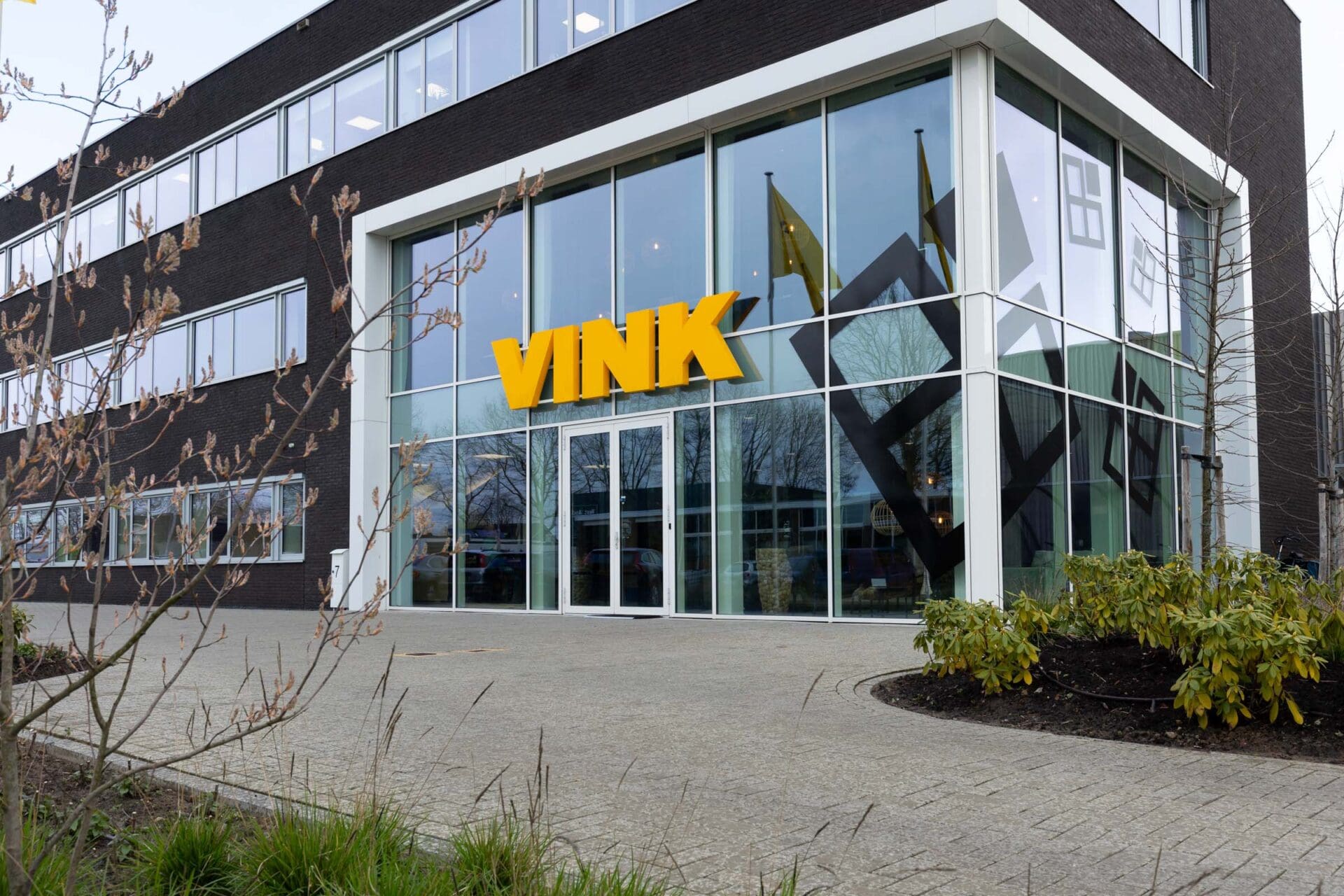Purchase Requisitions
Purchase order requisitions, or simply requisitions, are formal requests made by employees or departments within an organization. They ask to procure goods or services from suppliers. These requisitions serve as the initial step in the procurement process. Additionally, they initiate the workflow that leads to creating and issuing of a purchase order.
Request and approve through a simple and easy-to-use web form.
Our purchase requisition processing software integrated in SAP offers a configurable workflow to automate and simplify the requisition process. It provides every approved purchaser in your business with an easy-to-use web form for requisitioning and approval. Consequently, you immediately gain visibility of all purchase requests as they move through the procurement process. Simultaneously, you establish an audit trail to meet today’s and future compliance regulations.

Experience centralized collection of requisitions, automated approval workflows, and seamless integration with existing electronic catalogs with SAP process automation by Tungsten Automation.
The purchase order requisition process:
- Initiation: Employees or departments initiate requisitions when they need specific goods or services.
- Information: Purchase requisitions contain essential information. They include descriptions of the items or services needed, quantities required, preferred suppliers (if any), delivery timelines, and special instructions or specifications.
- Automated requisition approval: Requisitions often require approval from designated individuals before proceeding. Eliminate bottlenecks and delays with our automated approval workflows.
- Creation of Purchase Orders: Once approved, the requisition converts into a Purchase Order. This serves as a formal agreement between the organization (buyer) and the supplier (seller).
- Order fulfillment: Upon receiving the Purchase Order, the supplier sends the goods or provides the requested services according to the specified terms.
- Invoice processing: After delivery or completion of services, the supplier sends an invoice for payment. The accounts payable software verifies the invoice against the corresponding purchase order from the SAP system.
- Documentation and Tracking: Accurate documentation and tracking of requisitions, purchase orders, invoices, and payments are essential. They ensure transparency, compliance, and effective financial management.
Automate your purchase order requisition process in SAP
Using the Process Director Purchase Requisitions module from Tungsten Automation within SAP offers several benefits. First, it centralizes the collection of requisitions across the organization. Additionally, it automates workflows for purchase approvals and cost allocation. The module also integrates with existing electronic catalogs if necessary. Furthermore, it is quick to implement and highly configurable. It also provides automatic validation against SAP master data, transactional data, and configuration settings.
Frequently asked
Employees or departments within an organization make formal requests to procure goods or services from suppliers or vendors. These requests, known as purchase order requisitions, initiate the procurement process. Consequently, they lead to the creation and issuance of a purchase order.
The automated requisition approval process uses predefined hierarchical approval structures and routing guidelines. Consequently, this system ensures quick evaluations and endorsements by pertinent stakeholders. As a result, it eliminates bottlenecks and delays.
The purchase order module enhances reporting capabilities by providing detailed insights into procurement activities, financial performance, and compliance. It offers customizable reports that help finance departments track expenditures, identify cost-saving opportunities, and ensure budget adherence.






